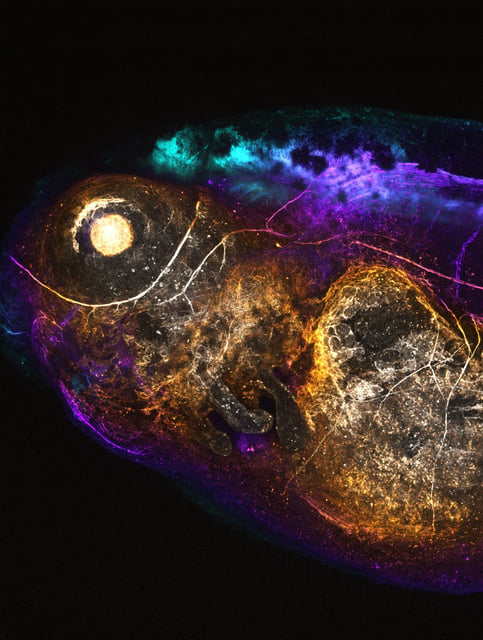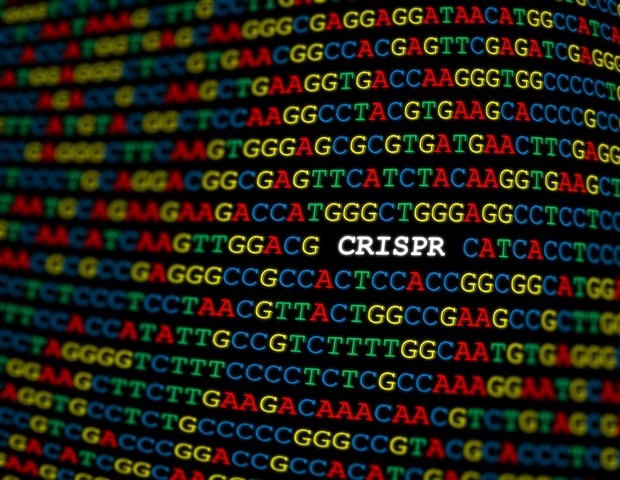Overview
- Pythia uses deep-learning models to simulate millions of DNA repair scenarios, identifying optimal microhomology templates for targeted integration.
- AI-designed repair templates act as molecular glue to direct CRISPR/Cas9 cuts toward predictable, precise integrations instead of random end-joining.
- Researchers demonstrated precise integration at 32 human genomic loci in HEK cells, with subsequent successful edits in frog embryos and live mouse brain cells.
- Compatibility with nondividing tissues enables direct protein labeling and targeted gene integration, highlighting potential for neurological gene therapies.
- Although preclinical results are promising, Pythia must undergo extensive safety testing, off-target evaluation and translational work before clinical use.



